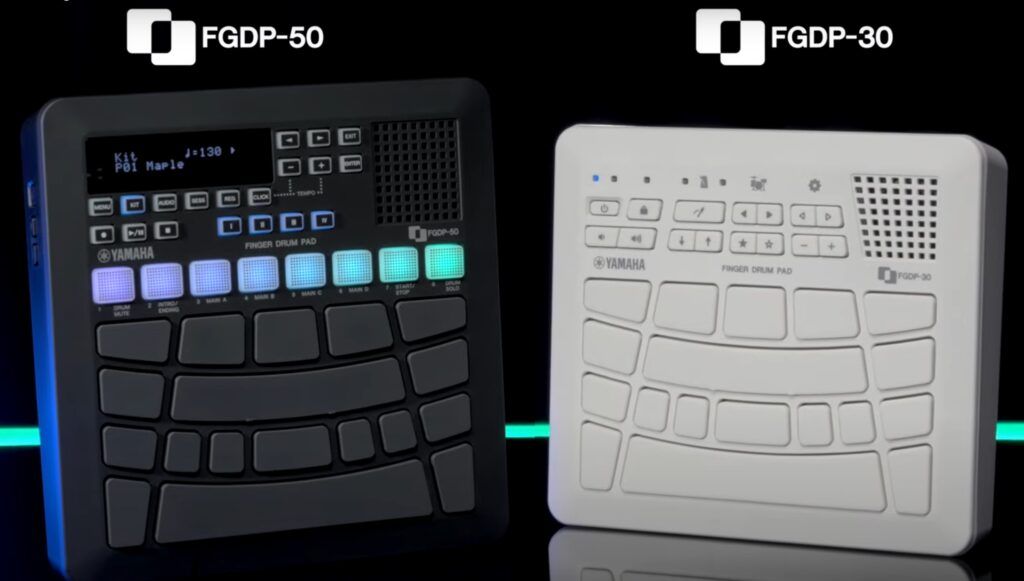A bunch of crazy thoughts after the long holiday weekend…
Yamaha P-S500 price drop
The Yamaha P-S500 is a baby Clavinova Smart Piano (CSP) in the P-series portable digital piano line. The P-S500 has a greatly simplified front panel: ten touch-sensitive control buttons and a 2 line by 16-character display. [Hey, the 1990s called and want their display back!] This user interface parsimony simplifies the overall appearance of the instrument and makes space for the streaming (falling) light display above the keybed. The P-S500 has the CFX piano, of course, and the rather nice Bösendorfer — both enhanced by VRM
Like its CSP brethren, You need the Yamaha Smart Pianist app in order to dig deeper. Once you get below the surface, you’ll find auto-accompaniment and a slew of secondary voices taken from Yamaha’s mid-range arranger keyboards. The S500 voices are roughly equivalent to the PSR-SX600 arranger. Some people trash arrangers, but many of the arranger voices are taken from Motif XF! These voices are much better and cover a wider range of sounds than the recycled string, synth pad, choir, bass and vibraphone in much of the digital piano line. [My only beef with the P-515.]
Why mention any of this? September 1 and new price lists are out. Initially, the P-S500 was offered at $2,000 (MAP). Presto chango, and the new MAP price is $1,600 USD, same as the P-515.
At the new price, I think it’s worth considering as an alternative to the P-515. Unfortunately, the S500 has only the GHS action, losing the rather wonderful, P-515 NWX action. You also give up 5-pin MIDI. Worth a look if these things aren’t important to ya.
Hey, Yamaha!
Wanna sell more P-S500s? Put them in Music & Arts retail stores where people can find them. I have yet to see an P-S500 in the flesh…
While you’re at it, rename the “Smart Pianist Specifications” PDF to something meaningful to a customer. I installed Smart Pianist on my iPad to see see its tricks. Without Smart Pianist being connected to a compatible keyboard, I didn’t get clue one about what it can do. Open “Smart Pianist Specifications,” however, and I see the Smart Pianist features supported by each of the compatible keyboards — quite helpful to a prospective customer who wants to know what Smart Pianist can do.
Yamaha, do real people actually test your keybeds? I can’t imagine inflicting the GHC (P-225) keyboard on beginners. Stop being so secretive and get these things into the hands of real customers! The GHC needs to be fixed, now, before production ramps up. Try before buy, folks, as GHC is not merely an improved GHS.
Finger drum pads
The Yamaha FGDP Finger Drum Pads have dropped (finally). Thanks go to all of the sleuths who uncovered the FGDP trademark and so forth. The FGDP-30 and and FGDP-50 will advertise for $199 USD (USA MAP) and $299, respectively.
Yamaha, since the Montage M doesn’t have drum pads, did you test the FGDP-30 and FGDP-50 with Montage M? 🙂
Presence, absence.
I’m not the only person to notice the absence of Montage M leak stories on MusicRadar, Gearnews, and a few of the other big-name Web sites. Yet, there were the FGDPs big as life on MusicRadar this morning.
My guess? They all have Montage M review units and are under NDA. Expect Montage M reviews when the news embargo is lifted on announcement day.
Copyright © 2023 Paul J. Drongowski

